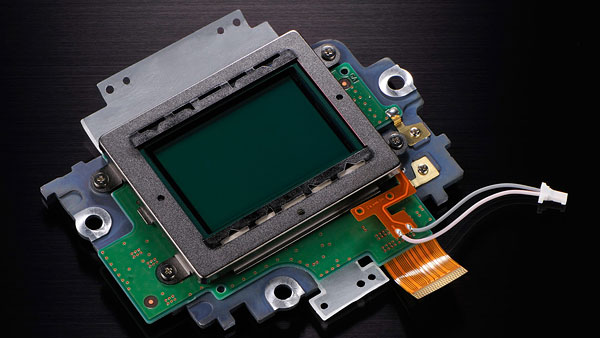Full-frame under the microscope: Chipworks examines Canon, Nikon, Sony DSLRs
posted Thursday, October 25, 2012 at 2:45 PM EST

If you've been reading our news page for any length of time you'll doubtless be familiar with Canadian company Chipworks: we've mentioned them more than a few times over the years. They specialize in tearing all the latest gadgets apart, then analyzing the pieces to see what can be learned about the underlying technology. That information is very valuable to the manufacturers, who not only want to check that their competitors' products don't infringe on their own intellectual property, but also want to see if there's anything they can learn from the competition which can be used to improve their own products.
Chipworks' reports are also pretty interesting to tech geeks like us, because they provide some great insight into how manufacturers who compete tooth and nail at retail are simultaneously cooperating behind the scenes. Mainstream media coverage of the many court cases between Apple and Samsung, for example, tells you that the two companies have an intense rivalry in the smartphone and tablet markets--and yet reports from the likes of Chipworks confirm that many of Apple's most popular products are based on Samsung components. The same is true in the camera market, where Sony simultaneous offers its own interchangeable and fixed-lens cameras, and provides components such as CMOS image sensors to many of its strongest competitors in the space.

A new three-part blog article from Chipworks semiconductor process analyst Ray Fontaine makes for interesting reading in that vein. Ray takes a look at the state of play in the full-frame camera market, based on Chipworks' microscope analysis of the image sensors used by a variety of cameras. The first two parts of the article have already been posted, with the third part slated for later this week. In part one, Ray provides info on which of Nikon's cameras feature Sony imagers and which were developed by the company in-house, speculates on the reasons for these choices. Part two takes a look at Canon, with a particularly interesting tidbit to us being that the company is still working with a 0.5 µm process for its full-frame sensors where rivals have moved onto 0.35 µm, 0.25 µm, or even 0.18 µm processes. The third and final part will apparently look at the sensor in the recently-announced Leica M, and what the future holds for full-frame.
Hop on over to the Chipworks blog for more!